1974 Revival of Almolonga, Guatemala


Introduction
In 1974, Almolonga, Guatemala was under heavy demonic control with little future for any of its inhabitants. Here is a state of affairs of that town prior to the revival.
► It was spiritually dark and dangerous.
► Poverty was widespread.
► Alcohol was controlling the population, with 36 bars in a population of around 20,000.
► Food for families was sparse, as what little money parents had was spent on alcohol.
► Domestic violence was prevalent.
► The streets were full of violence.
► Even with a relatively small population, there were four jails. When the jails were overflowing, prisoners were sent to a neighboring city.
► Education was of little importance.
► Occult practices were widespread with the public worship of idols.
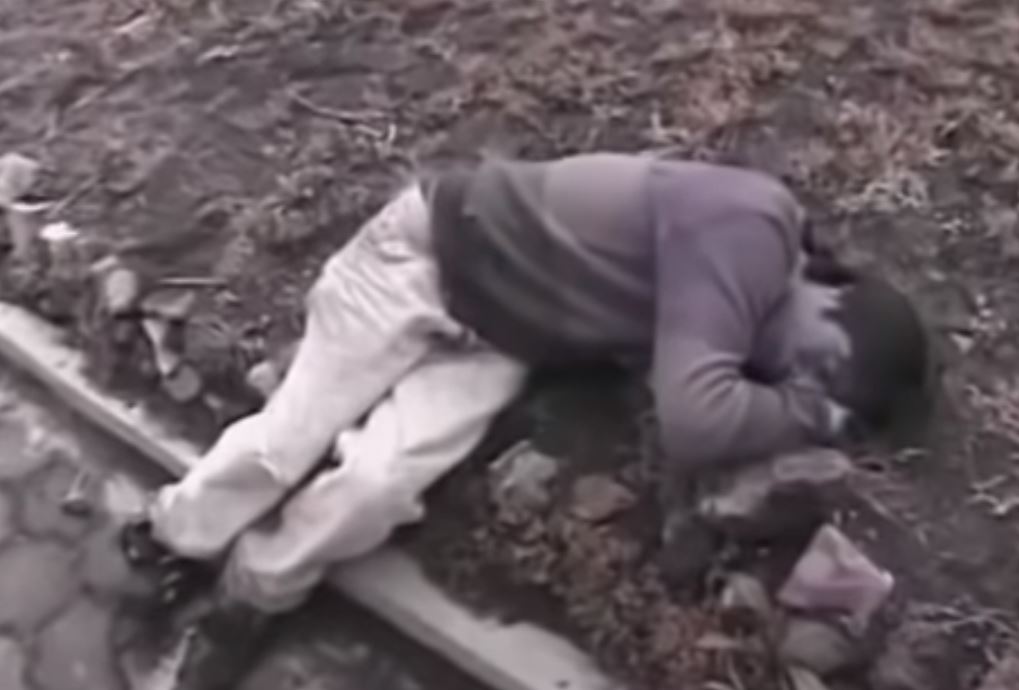
Drunkenness was a common sight
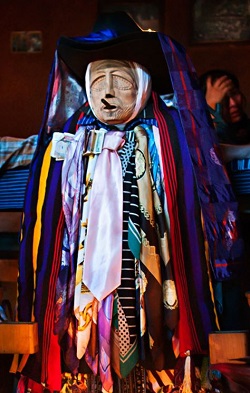
Folk deity Maximón
Idol Worship
The people in the community would often turn to occult practices and were worshipping the Mayan folk deity, Maximón, the image that had been worshipped and revered by people throughout the region for many centuries.
Maximón, though only a wooden mask, was a very powerful stronghold that bound the people to the custom of honoring it with various sacrifices, like money, cigarettes, cigars, liquor, corn, and flowers.
Persecution of Evangelists
Evangelical Christians were a minority, and those who attempted to engage in evangelistic ministry were attacked with shovels, sticks, and rocks.
Persecution Against New Christians
When the revival first began, some store owners wouldn’t sell food to the new Christians because they saw them as betraying the age-old customs of their ancestors.
To disrupt church services, some people would attend church services and conduct witchcraft rituals while there.
Persecution Against a Pastor
Pastor Mariano Riscajche, a key leader in the town, was once threatened by six men. After breaking out his front teeth, they forced the barrel of a gun down his throat. They pulled the trigger of the gun three times, but when nothing happened, they were filled with fear and ran away.
Experiencing God’s salvation from that situation, Pastor Mariano brought his small congregation together to begin interceding for the community so they could break the cycle of superstition, evil, and poverty.
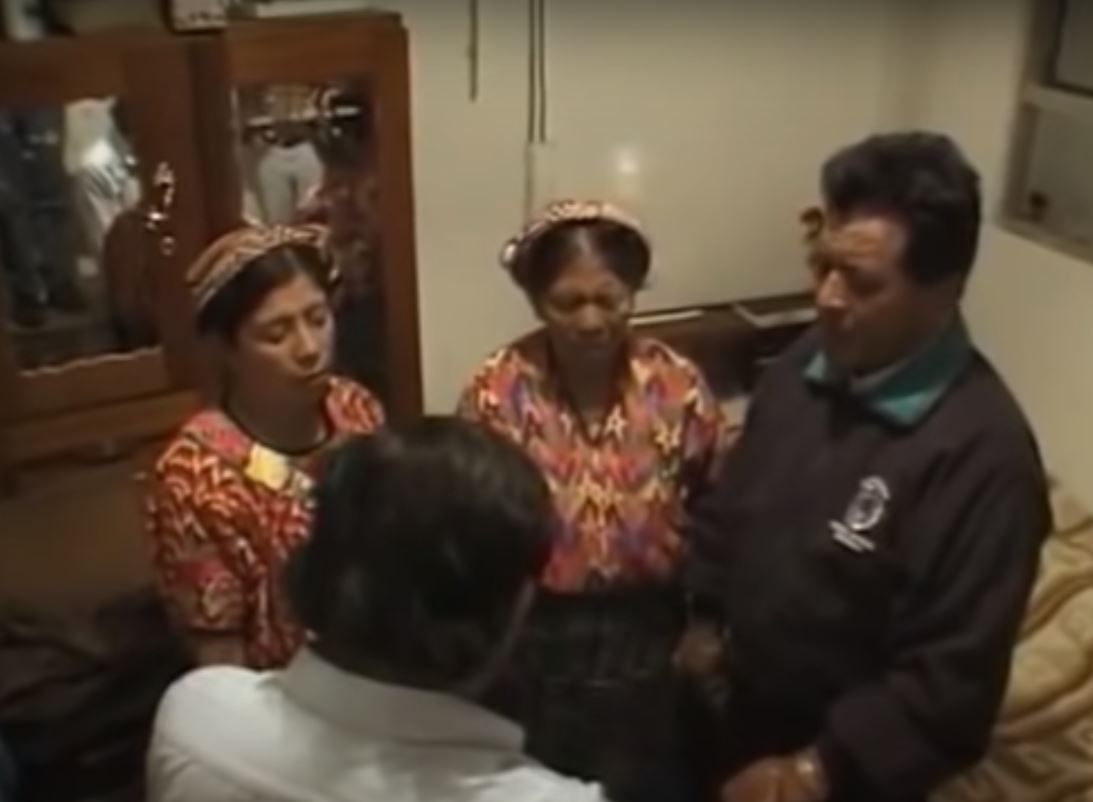
Pastor Mariano Riscajche with intercessors
Extraordinary Prayer
As Pastor Mariano’s congregation made a commitment to prayer, they sensed that the Holy Spirit had given them the gift of faith to believe that what they were praying for would truly occur.
Encouraged and excited by this new gift, these intercessors began to fast 3 – 4 days per week, and every Saturday they assembled for united prayer.
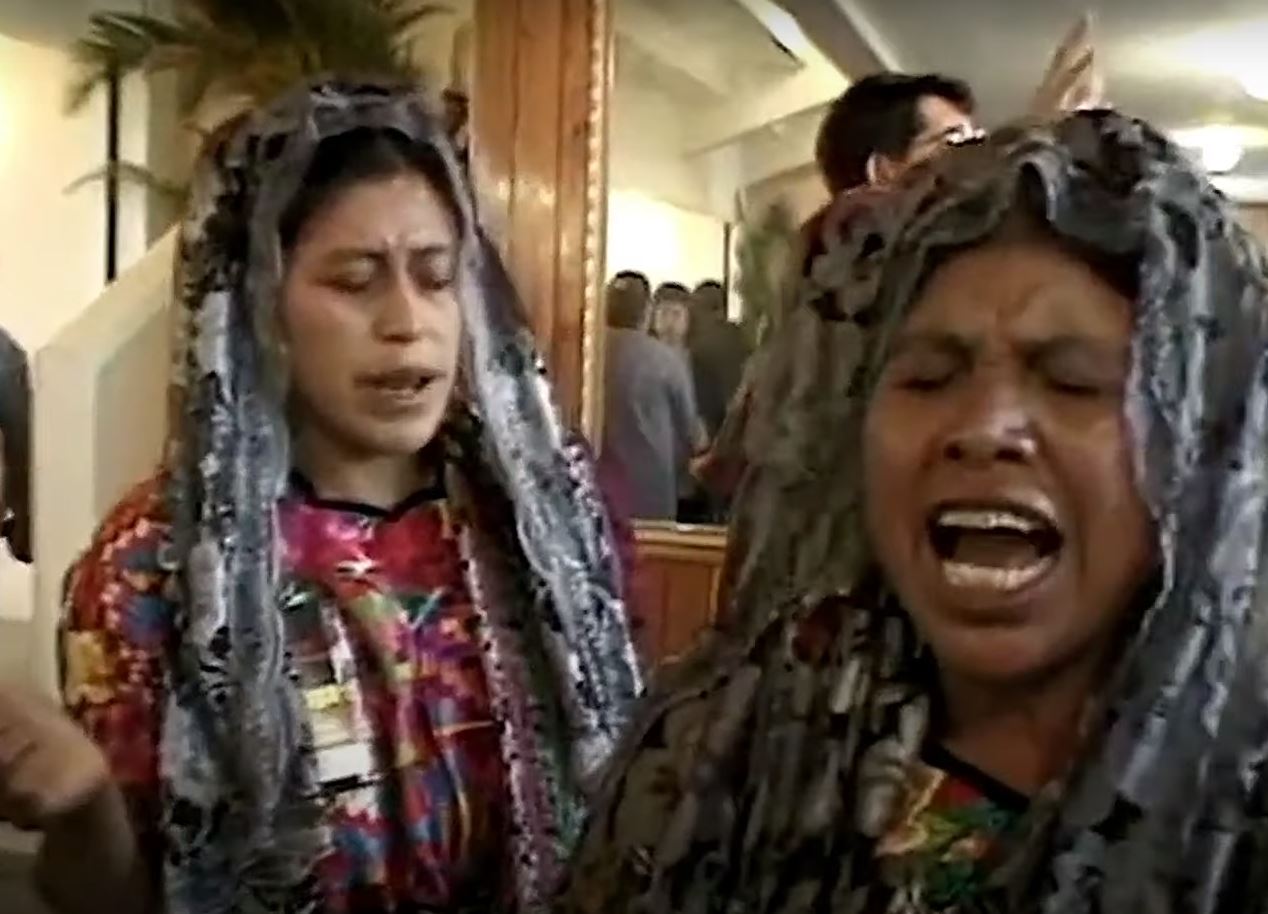
Intercessors
What Happened
After this heightened level of commitment to prayer was made, idolaters in the community began placing their faith in Jesus, and as a result, began attending church.
Just like in the Bible, when the power of God was manifested, it opened people’s eyes to the truth and the churches began to grow. There were many signs and wonders openly demonstrated, including mass deliverances from demonic oppression.
The casting out of demons not only brought freedom to individuals, but the spiritual oppression over the city began to lift as well.
Those who want a revival that is “decent in order” must answer the question, is the casting out of demons decent? Is it in order? When demons were in the process of being cast out, people were at times thrown across the room, and at times spit up blood.
Pastor Mariano Riscajche said that for revival to come, the enemy had to be confronted directly and boldly.

Prayer in the streets
Maximón Priest’s Conversion
Jose Albino Taei was one of the most influential shamans associated with Maximón. He was often sought out by the people in the community for his occult powers for healing and blessing. The day after he surrendered his life to Jesus, he and his family burned all their idols and witchcraft paraphernalia.
Seeing that shaman’s conversion impassioned the believers to enhance their prayers for the entire community.
Testimony of Miraculous Healing
Teresa, a woman who developed a serious infection following a poorly performed Cesarean section, was suffering from severe pain and paralysis, and her internal organs were beginning to rot from gangrene. Her condition was so severe that she had lost the ability to eat or talk.
One evening, at 10:00 p.m., with the home filled with the odor of death, she died. At 1:00 a.m., Teresa’s husband went to find Pastor Mariano and ask him to make funeral preparations.
As Pastor Mariano and Teresa’s husband were returning to the home to see Teresa’s body, Mariano heard God speak to him:
Do not prepare for the funeral; pray for her. I will lift her up.
Upon arriving in the home, the pastor united in prayer with Teresa’s husband and after 10 minutes, Teresa began moving and the color returned to her face. She then sat up in bed and gradually was restored to health.
This miracle of healing resulted in all of Teresa’s brothers and sisters, as well as many others, surrendering their lives to Jesus.
Teresa’s sickness was well known in the community, and when the news of her resurrection and healing began to spread, it led to hundreds of people turning their backs on a life of sin and to Jesus.
Reviving of the Land and Work Ethic
For many years the land around Almolonga had been very arid. This hindered food production and the prosperity of the community. The poor work ethic among the people also had a very detrimental effect on food production.
After the revival, the valley became fertile, with the land producing three harvests per year.
Prior to the revival, farmers were exporting 4 trucks of produce per month. Following the revival, there were 40 trucks exporting food every week, with vegetables being sold to El Salvador, Mexico, and throughout Guatemala.

Trucks lining up to distribute produce
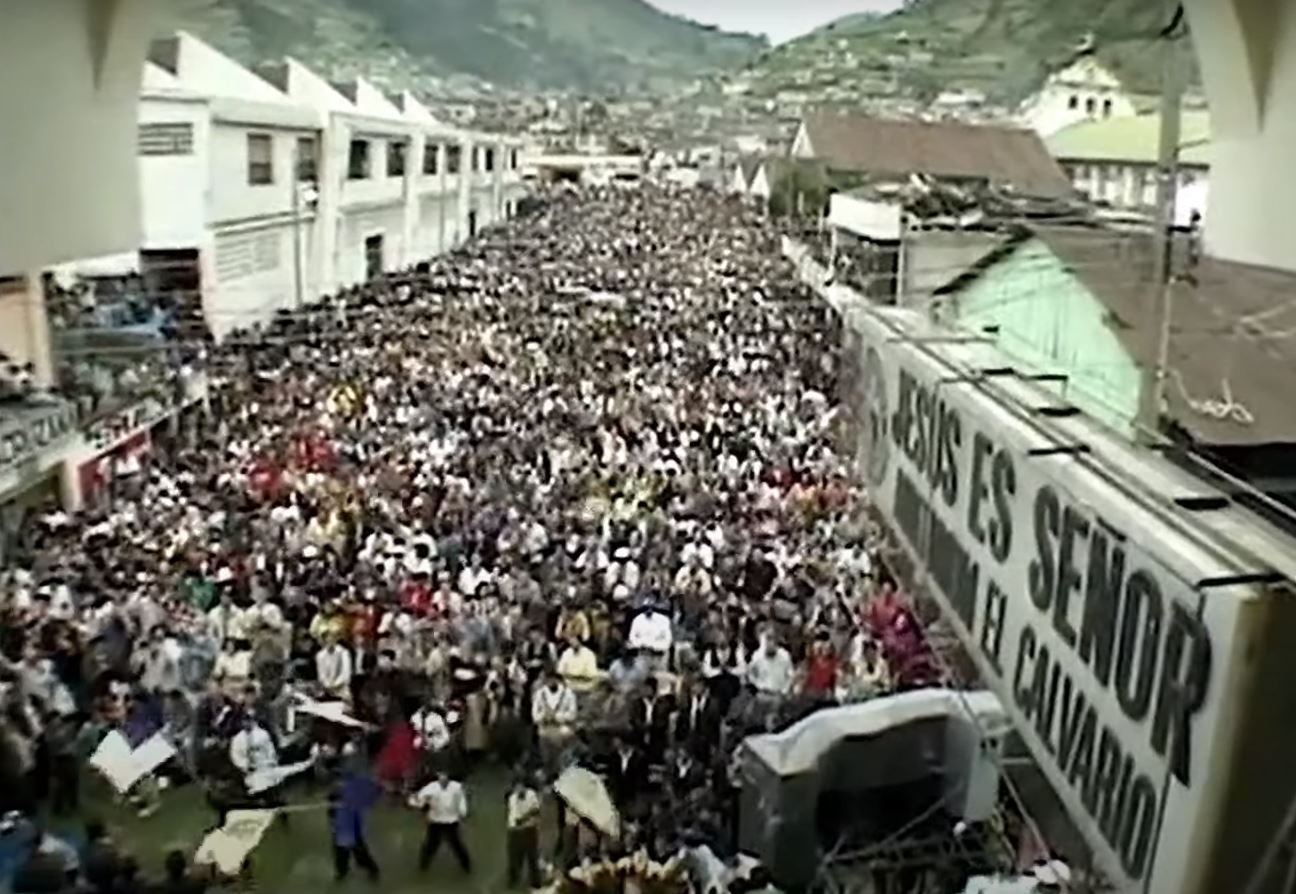
15,000 worshippers on the streets of Almolonga (1998)
Results of the Revival
Having undeniable miracles occur, and seeing many men and women turning to Jesus, it sent a shockwave into the community. These are a few of the noticeable transformations:
► The number of churches in this town of 20,000 grew to over 24, with several churches having regular attendance of over 1,000.
► Eight out of ten residents considered themselves born-again Christians.
► The church pastored by Mariano Riscajche, which seats 1,200, was full almost every Sunday.
► Names of businesses and street names were changed, taking on biblical names.
► The 36 bars that were operating prior to the revival were reduced to only 3, with many of them being turned into churches.
► As the drinking was reduced, so was the violence. As of 1989, the last of Almolonga’s 4 jails was closed and was renovated, becoming a location for community events, weddings, and receptions.
► The community now has two Christian radio stations.
► Idolatry and superstition were displaced by fervent worship of God.
► The priests who cared for the idol, Maximón, moved their worship activities to another town.
► Christian values dominated the people’s work ethics.
► The brothel in town was closed.
► The divorce rate went to 0%.
► Literacy levels greatly increased.
► Prior to the revival, women were considered not much different than servants. After the revival, women began to become educated, start businesses, and even stepped into professions previously considered only for men.
► The churches continued their same level of fervency in fasting and prayer, claiming that fasting gives them power over the principalities of darkness.
► Almolonga became one of the cleanest and most prosperous towns in all of Guatemala.
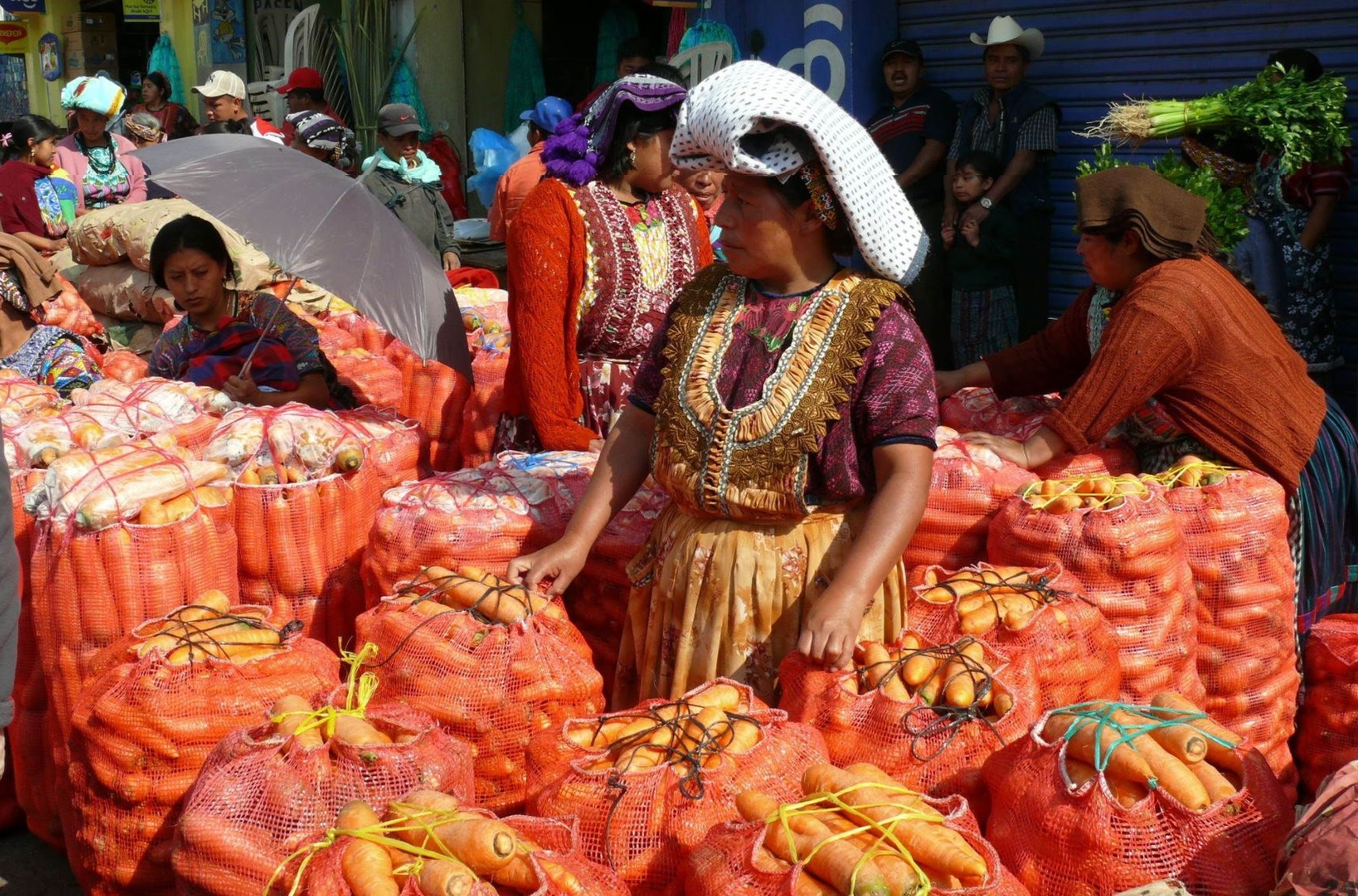
Market
Sources
► Almolonga, The Miracle City by Mell Winger
► God Ends Idol’s 700-Year Reign in Almolonga, Guatemala by Carol Saia
Video
Transformations by Sentinel Group
Return to List of Revival Stories
Chet & Phyllis Swearingen
(260) 920-8248
romans1015@outlook.com
Beautiful Feet
P.O. Box 915
Auburn, IN 46706

